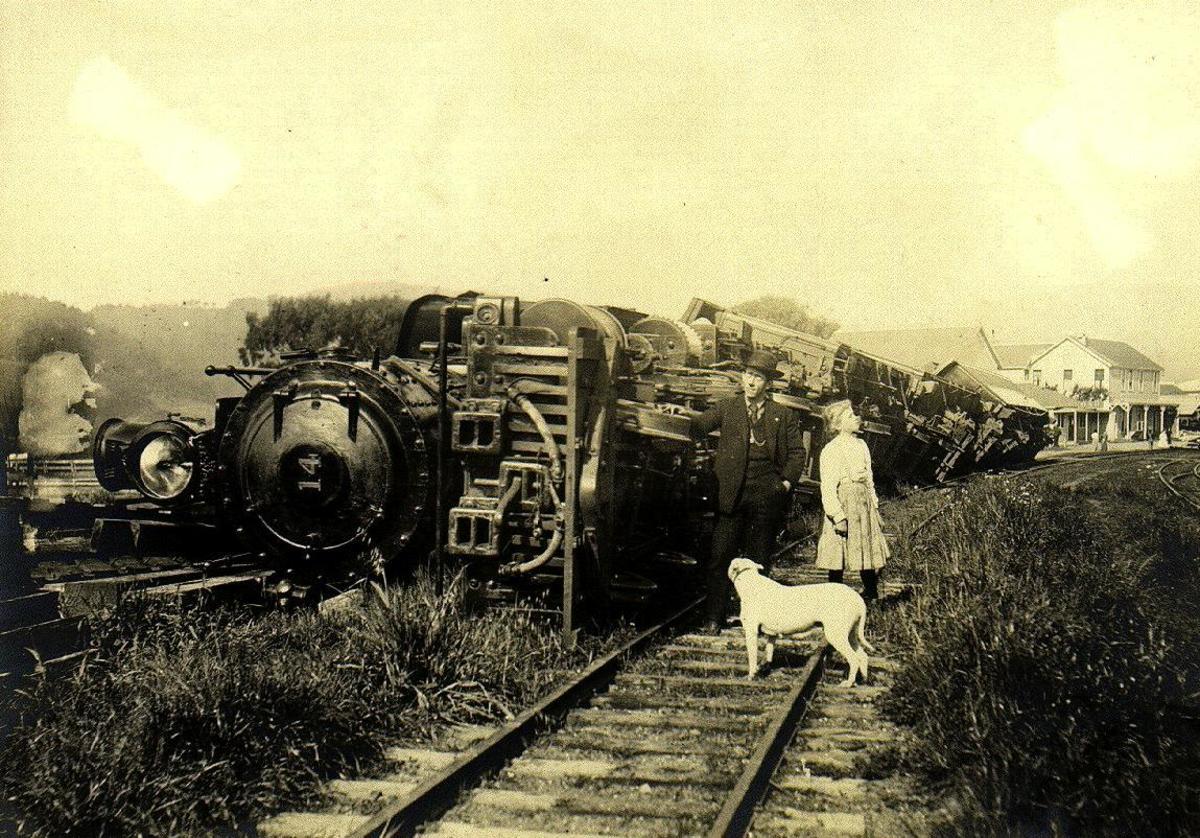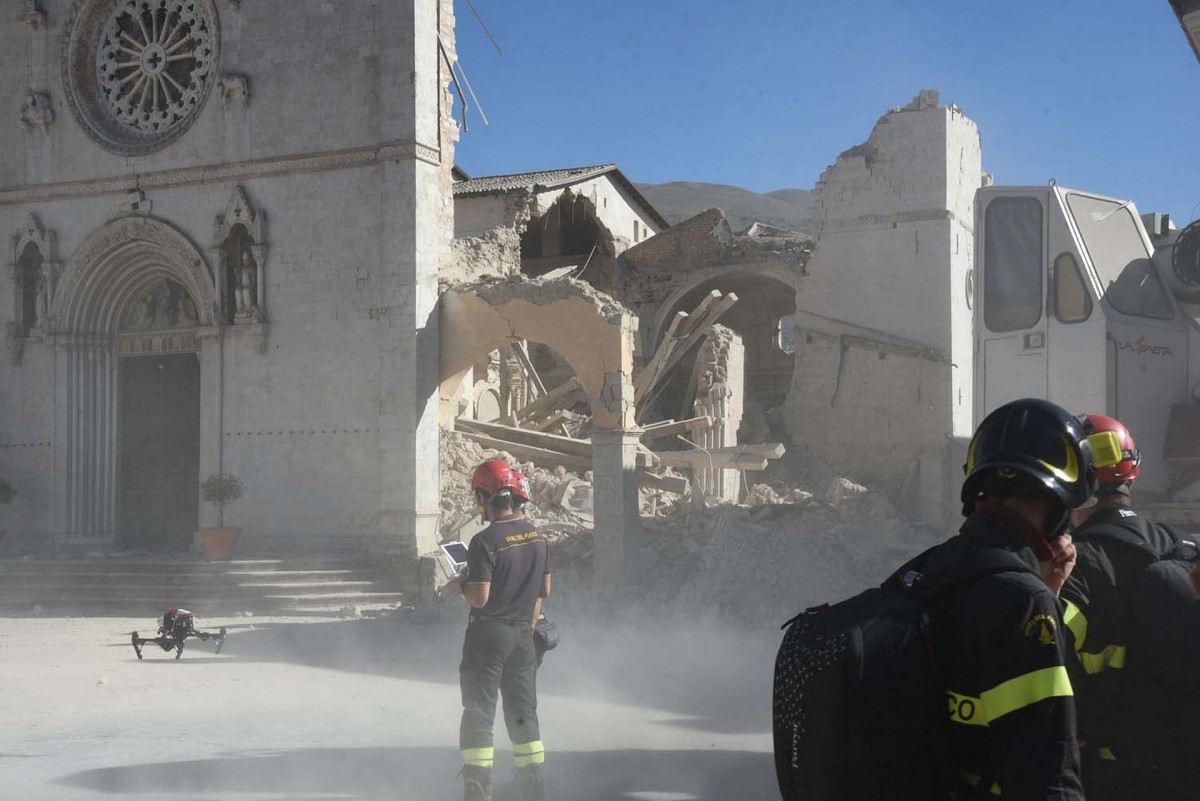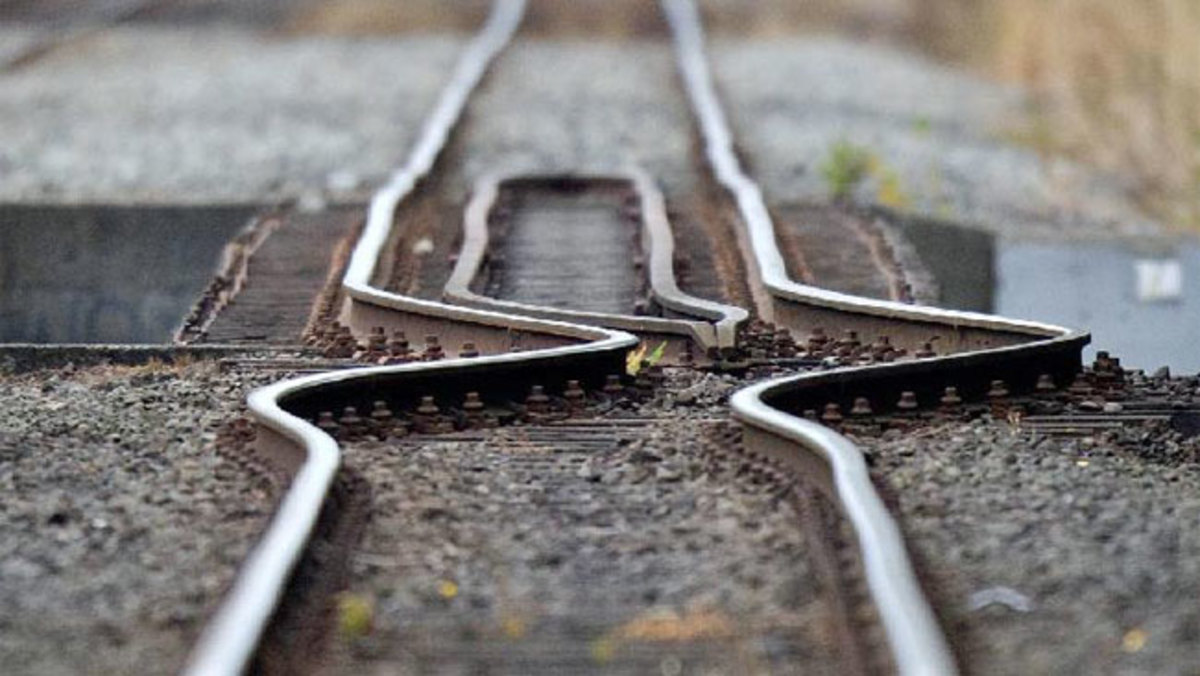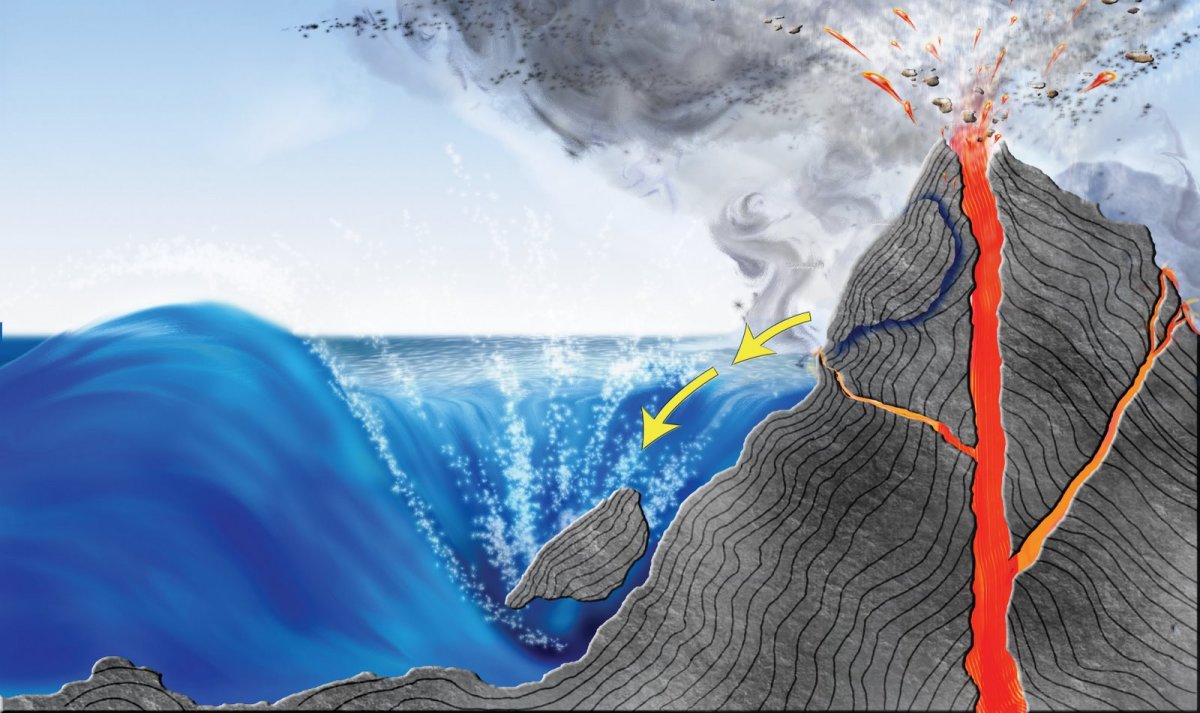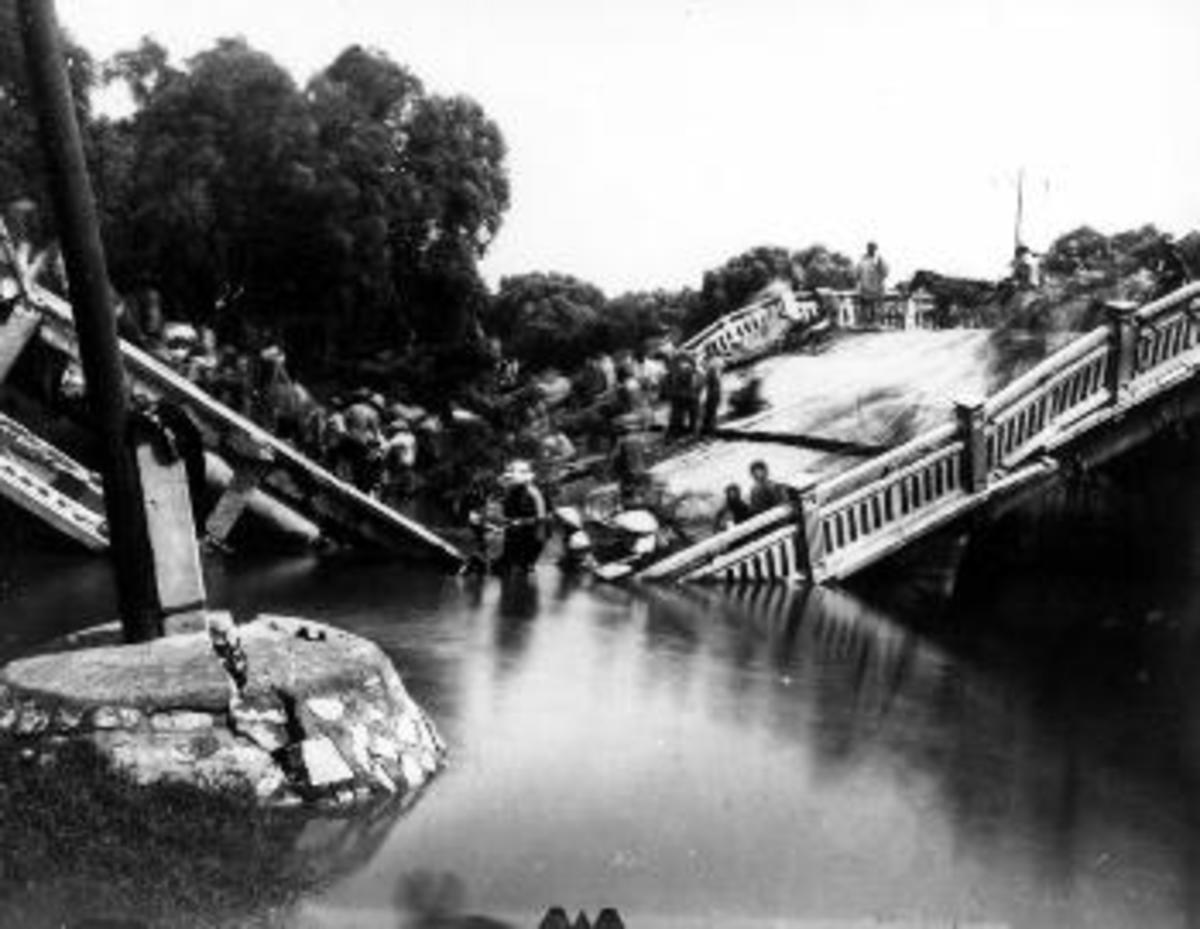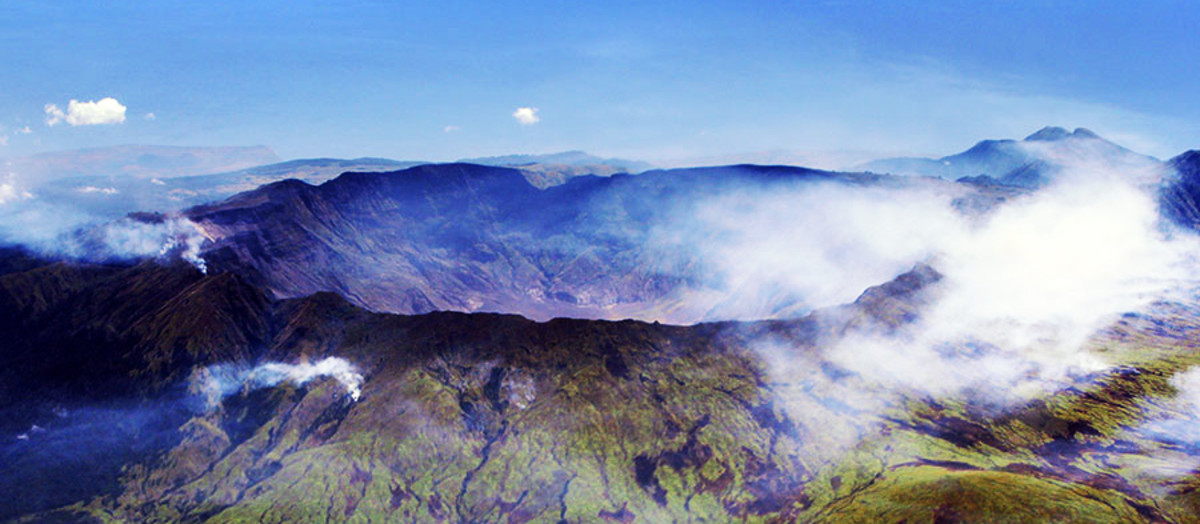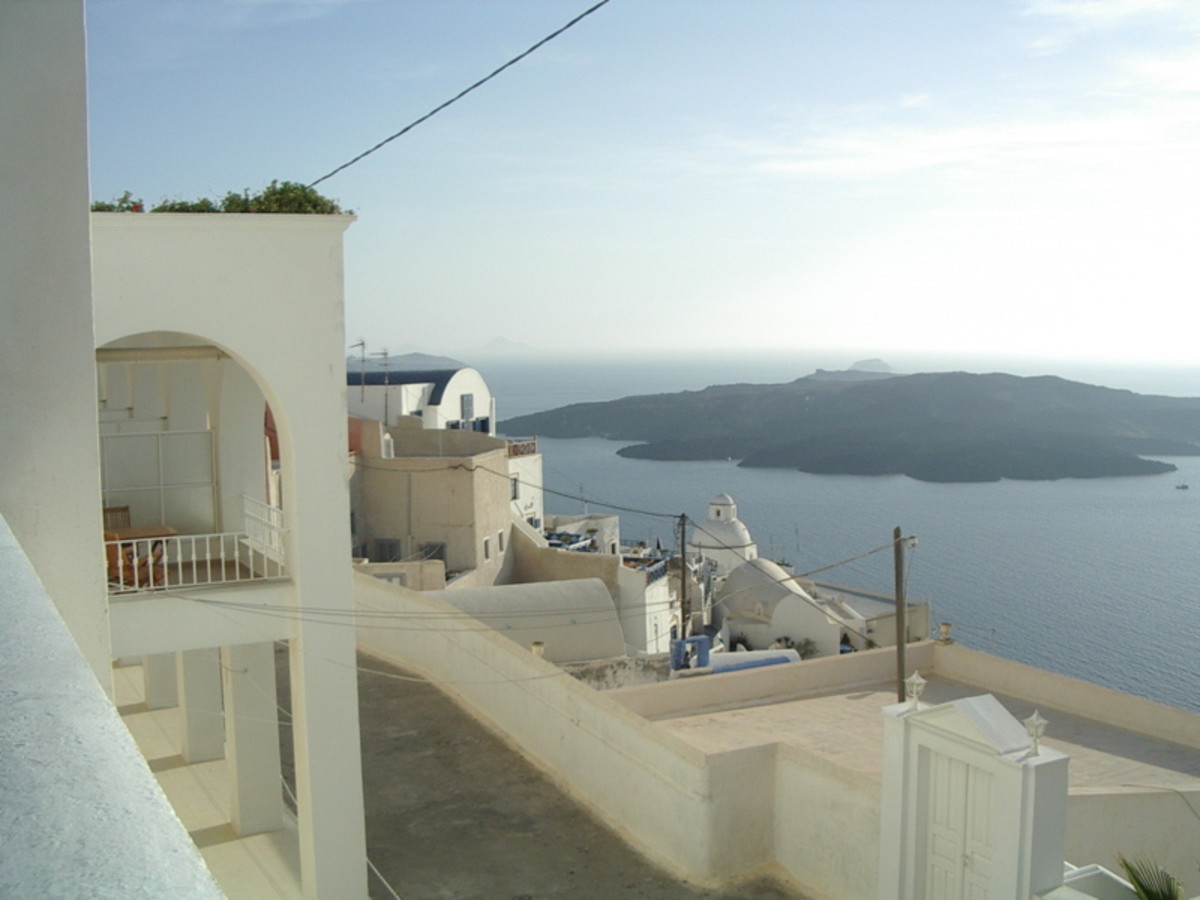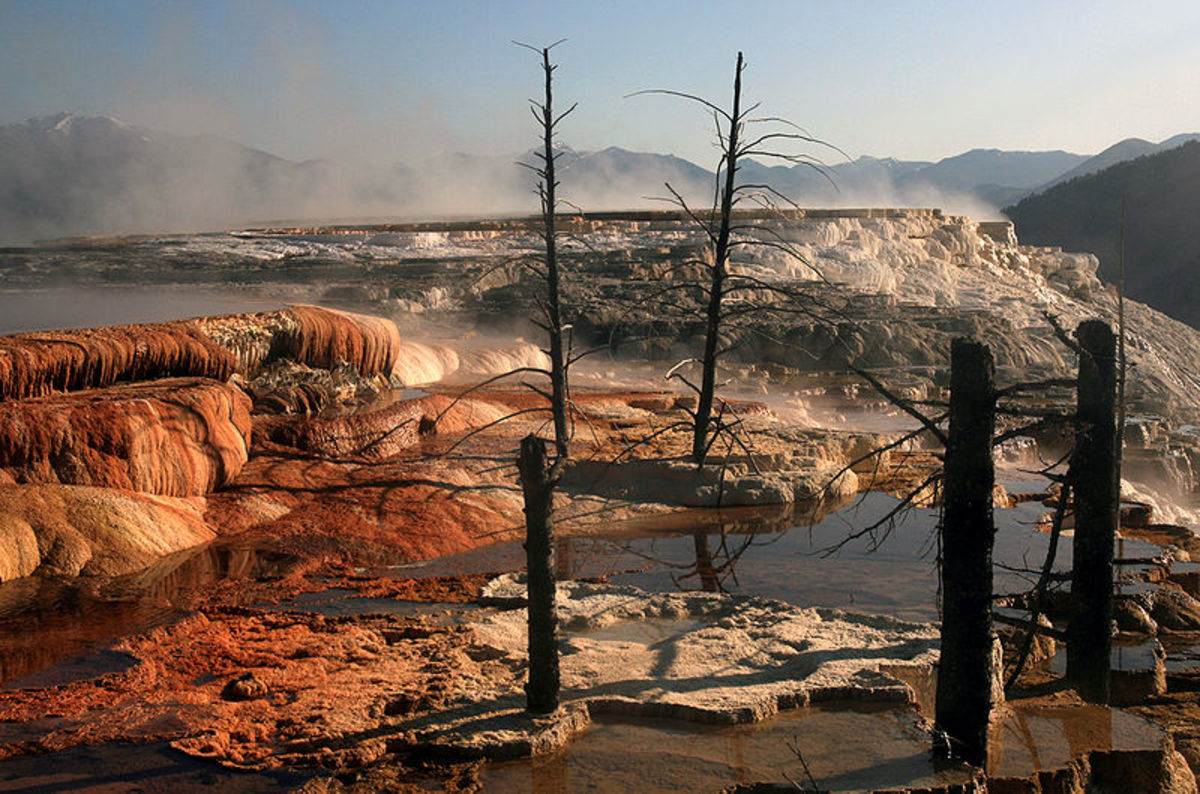Earthquake Causes
Earthquakes are a natural phenomenon which happen all over the world.The USGS estimates that several million earthquakes occur in the world each year. Many go undetected because they hit remote areas or have very small magnitudes (0.1 -2). The magnitude of an earthquake is measured by the Richter scale which is determined by the logarithm of the amplitude of the waves recorded by the seismographs, it measures magnitude and because it is a log scale an inreace of one means that it has 10 times more ground motion but 32 times more energy and it is this energy release that determines how destructive an earthquake is. The majority of these are between 2-2.9 where it is estimated 1.3 million occur up to just one at over 8 on the Richter scale. However what are the main earthquake causes and types?
Earthquakes have 2 main types
- Tectonic Earthquake
- Volcanic Earthquake
Focus and Epicentre
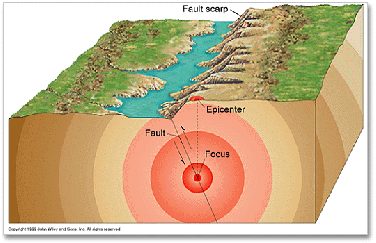
Fig 2 - P-Waves and S-Waves
L-Wave and R-Wave
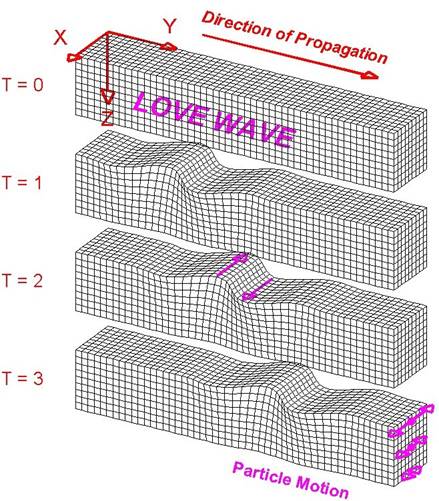
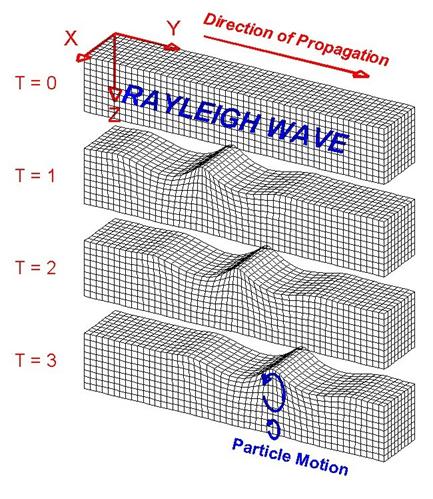
Earthquake Terminology
Before we continue we'll talk a little bit about Terminology
- Focus - This is the point of the earthquake, imagine where a stone hits a pond and the waves ripple out from. (see Fig 1)
- Epicentre - This is the point on the ground directly above the Focus (see Fig 1)
Earthquakes are 3D events and as such the waves which move out move in the vertical and horizontal planes. This produces 2 different wave types Body waves and Surface Waves, the body waves are the P&S-Waves and they are higher frequency than the surface waves (love and Rayleigh waves). Body waves arrive first, the surface waves are responsible for the majority of the damage at the surface and the depth of the earthquake has a significant effect.
Body Waves
- P-Waves - Or Primary Waves, these are similar to sound waves, they have short wavelengths and high frequencies. They are longitudinal waves which are able to pass through both liquids and solids. The compression and decompression of the ground causes it to move forwards and backwards. The displacement on the ground is very small. (fig 2)
- S-Waves - Or Secondary Waves, they are slower than P-Waves and always arrive after P-waves. They too are short wavelength but high frequency. These are transverse waves and move in all directions, moving away from the focus there speed is determined by the density of the rock through which they are travelling. They are unable to move trough liquids. At the surface they cause sideways displacements. (Fig 2)
Surface Waves
- L-Waves - Also known as love waves they are low frequency transverse vibrations with a long wavelength They are the fastest of the Surface waves. Created close to the epicentre, they moves the ground from side-to-side. Confined to the surface of the crust, Love waves produce entirely horizontal motion. (Fig 3)
- R_Waves - Also known as Rayleigh Waves, these roll along the ground just like a wave travels across the ocean. Because it rolls, it moves the ground up and down, and side-to-side in the same direction that the wave is moving. Most of the shaking felt from an earthquake is due to the Rayleigh wave, which can be much larger than the other waves.(Fig 4)
Elastic Rebound Theory
Tectonic Earthquake
They are caused when the crust is subject to strain which eventually moves. Plate Tectonics explains that the crust is made of several plates, large areas which effectively 'float' on the mantle. The plates are moving and drift past one another they. Rock however has a lot of friction, imagine rubbing 2 blocks of rubber together, it's not until the force has really built up that it can move. Well here it is the same.
The process which explains these earthquakes, known as Elastic Rebound Theory can be demonstrated using a green branch . Holding both ends, the branch can be slowly bent. As it is bent, energy is built up within. A point will be reached where the twig suddenly snaps. At this moment the energy within the twig has exceeded the Elastic Limit of the twig. As it snaps the energy is released, causing the twig to vibrate and to produce sound waves. The same happens in the earth and that release of energy is what creates the waves and hence the earthquake.
Further Reading
- Earthquake Facts & Earthquake Fantasy
USGS Earthquake Hazards Program - Interesting information about facts and fantasies surrounding Earthquakes.
Volcanic Earthquakes
These are earthquakes which are associated with volcanic activity as opposed to Tectonic.There are two main catagories of these which are volcano-tectonic earthquakes and long period earthquakes
Volcano-tectonic earthquakes - They are produced by stress changes in the rock which is down to the withdrawal or injection of magma. They can occour when rock is moving to fill in voids left once the magma has left, these can cause land subsidence and very large cracks in the ground. These do not indicate an eruption is going to occur.
Long Period Earthquakes - These are produced when magma is injected into the surrounding rock, they quakes are caused by pressure changes accompanying the transport of the magma. When a magma is continuously injected the volume of earthquakes can become VERY high and this is often an indication of a coming volcanic eruption.
Using P & S Waves to work out the internal structure of the Earth
For all of the bad that people associate with Earthquakes, from a scientific point of view they are very useful, they produce waves with enough energy to trave through the entirity of the earth allowing us to work out the structure and average densities etc. I was going to write a detailed response but I found this video which does just as good a job. Enjoy. Hope you've learnt a little bit and understand some of the causes of earthquakes.

